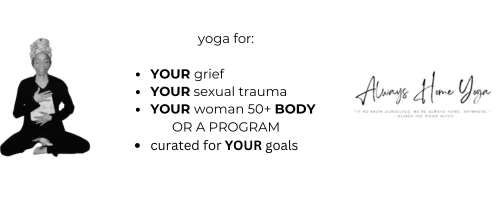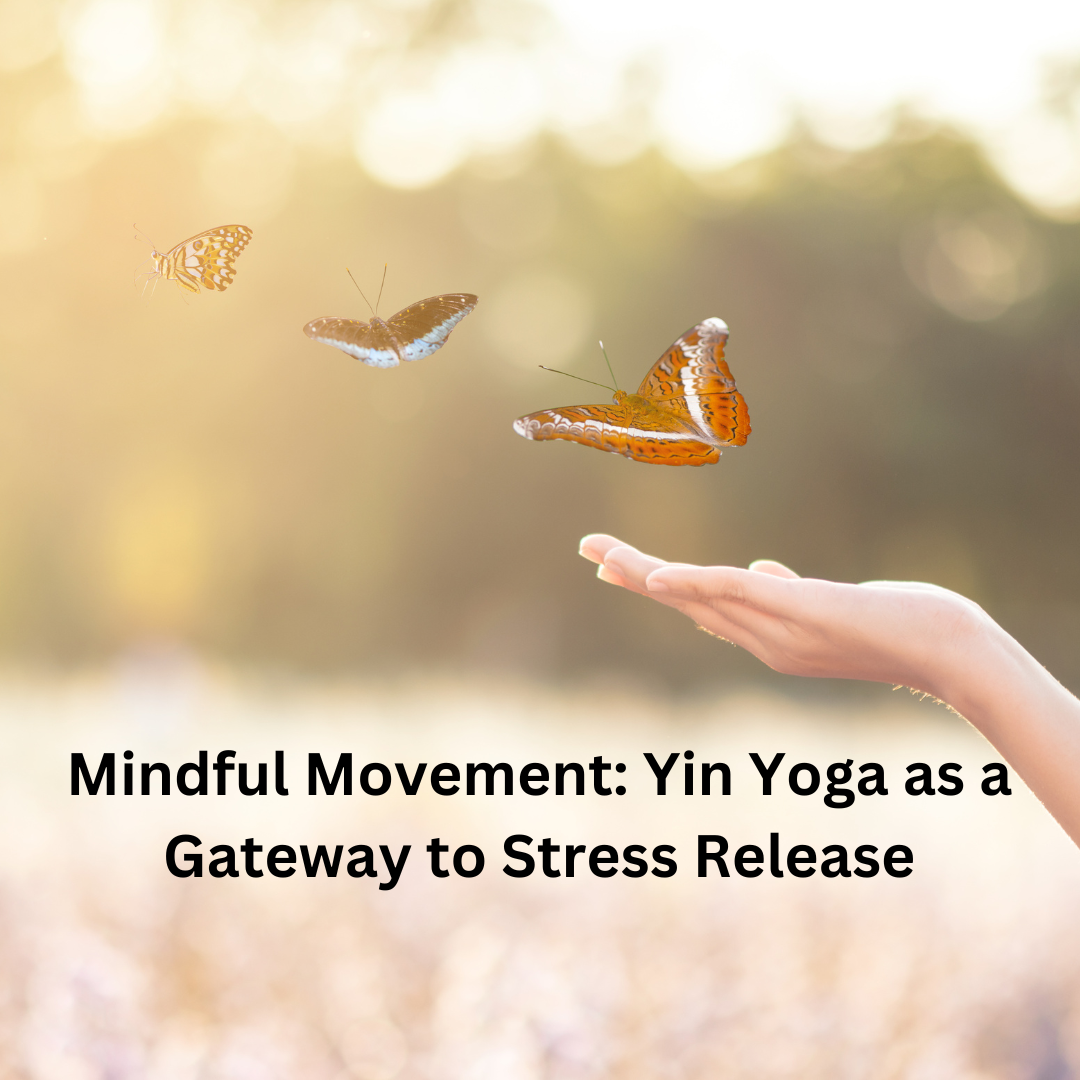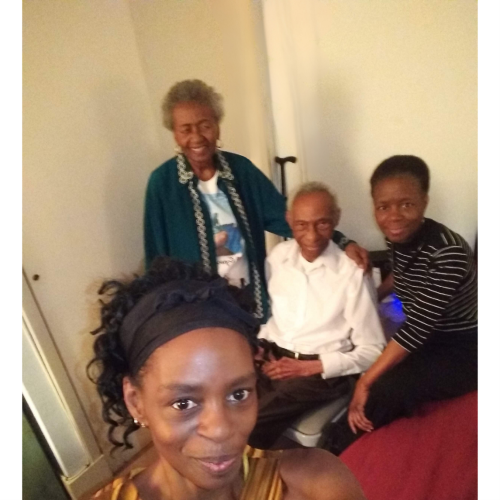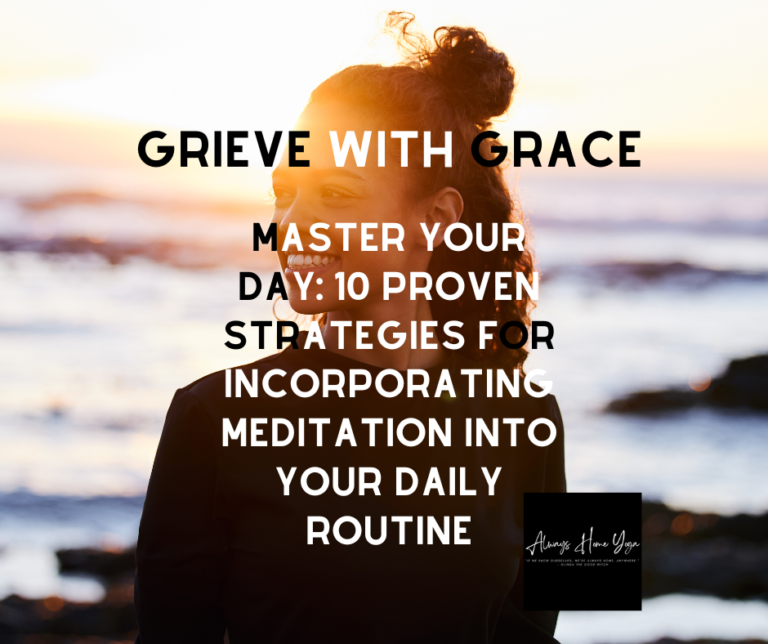We are busy. It’s easy to overlook the need to slow down and connect with ourselves. This is where Yin Yoga shines. It’s gentle but deep. It’s a gateway to stress release and inner peace.
Yin Yoga is a unique style of yoga. It focuses on holding passive poses for a long time, usually 3 to 5 minutes or more. Most yoga is more dynamic than Yin Yoga. Yin Yoga invites practitioners to deeply relax into each posture. They allow gravity and time to work their magic. The practice mainly targets the body’s connective tissues: the tendons, fascia, and ligaments. It promotes flexibility and mobility and calms the mind.
The beauty of Yin Yoga lies in its simplicity and accessibility. You don’t need any prior experience to benefit from this practice. Whether you’re a seasoned yogi or a beginner, Yin Yoga offers a space to slow down, breathe, and let go.
So, how does Yin Yoga help in releasing stress? Here are a few key ways:
- Yin Yoga taps into the parasympathetic nervous system. It does this by holding poses for a long time. This triggers a relaxation response in the body. This helps reduce levels of cortisol (the stress hormone) and promotes a sense of calm.
- Yin postures encourage mindfulness. They help practitioners notice their breath and bodily feelings. This awareness fosters a sense of presence in the moment. It lets worries and distractions fade away.
- Yin Yoga can evoke emotions. We hold certain poses. This is a natural part of the practice. It can lead to the release of stored tension and emotions. It offers a cathartic experience.
- Yin Yoga improves flexibility and joint health. The long holds gently stretch and lengthen the tissues around the joints. This enhances flexibility and reduces stiffness.
To get started with Yin Yoga, all you need is a quiet space, a yoga mat, and perhaps a bolster or cushion for support. Here’s a simple sequence you can try:
- Child’s Pose (Balasana): Hold for 3-5 minutes, focusing on deep belly breaths.
- Dragon Pose (Yin Variation): Stretch one leg forward into a lunge, sinking into the hips. Hold for 3-5 minutes on each side.
- Butterfly Pose (Baddha Konasana): Sit with the soles of your feet together, knees wide. Fold forward gently. Hold for 3-5 minutes.
- Supported Fish Pose: Use a bolster or cushion to support your back as you lie back, opening the chest. Hold for 3-5 minutes.
Remember, the key to Yin Yoga is to find your edge in each pose—where you feel a gentle stretch but not discomfort. Use your breath as a guide, inhaling deeply into any areas of tension and exhaling to soften.
As you explore Yin Yoga, give yourself the gifts of patience and self-compassion. Embrace the stillness and silence that arises, and let it nourish your body, mind, and spirit. With practice, you’ll find that Yin Yoga isn’t just physical. It’s a journey inward to peace.






